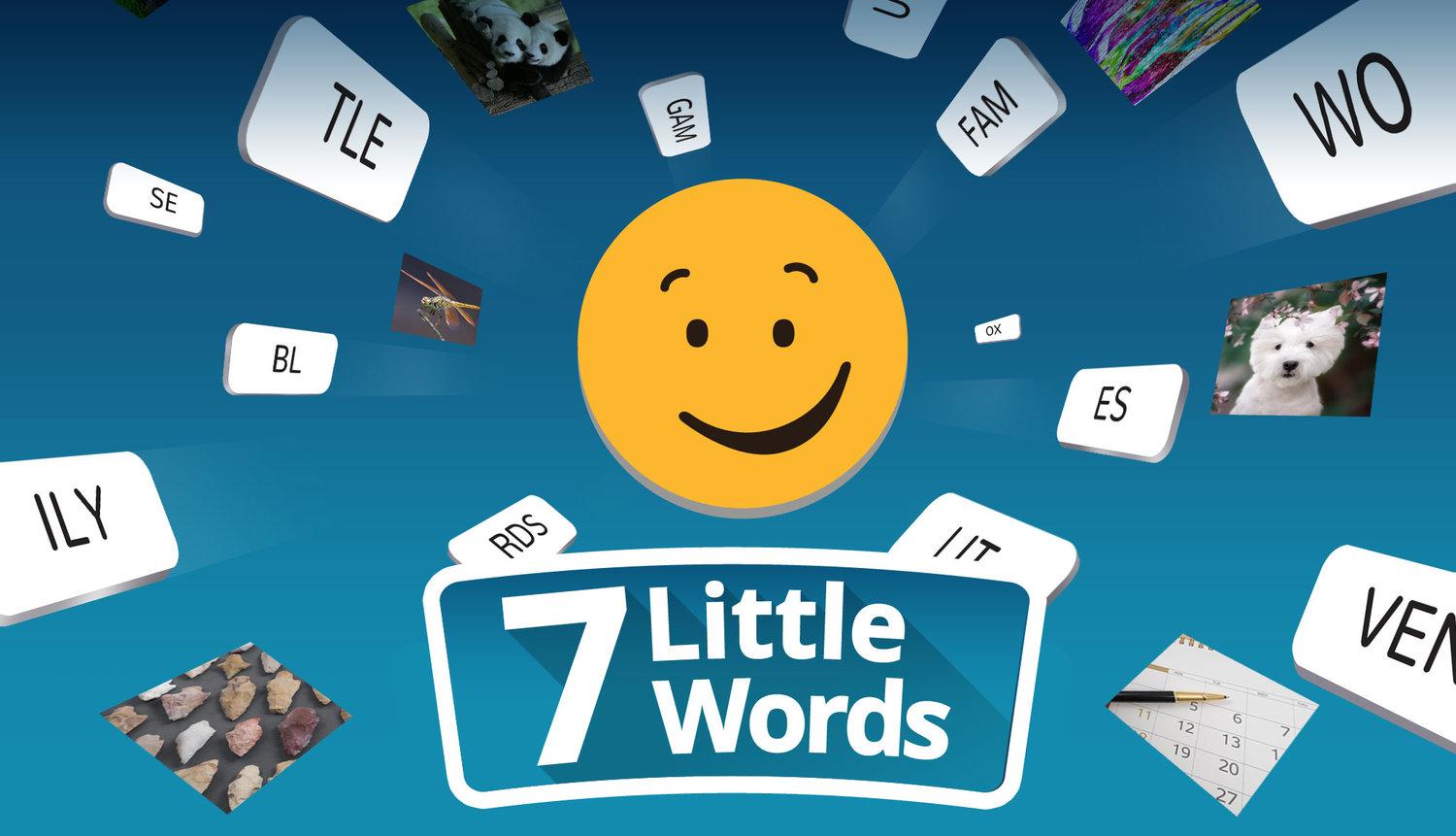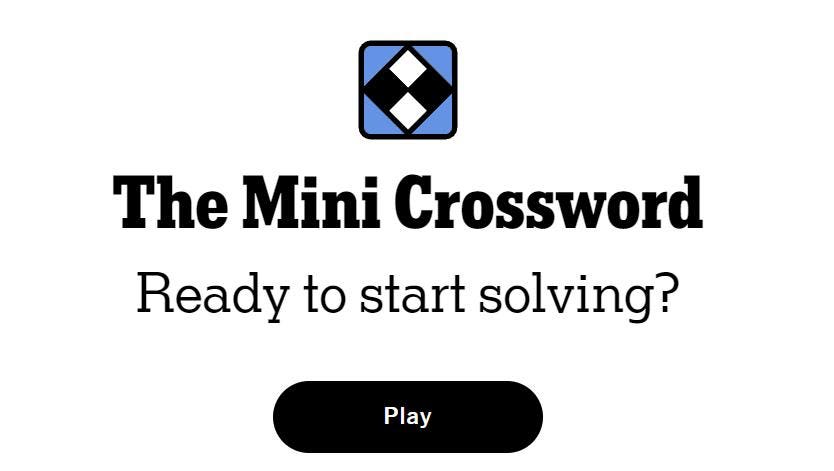Think you know the difference between a rule and a boundary? If not, your relationship might just suffer. Here’s why.
getty
Few concepts have caught fire in the pop psychology, relationship and self-help worlds quite like boundaries have. The word has almost become a mantra in recent years: therapists, creators and influencers alike are using it to advocate for healthier relationships. And rightly so. A boundary can indeed help people reclaim their sense of self, reject outdated narratives about control and insist on respect and autonomy within their partnerships.
But as it is with most viral ideas, the message has become somewhat distorted. Somewhere along the way, many people began confusing boundaries with rules. Yet as similar as these two things might sound, they actually function very differently. As a result, the rush to rectify old power imbalances has led some individuals to inadvertently create new ones.
At first glance, both the words “rule” and “boundary” seem to serve the same purpose: to protect one’s emotional or relational safety. But in practice, they operate on almost totally opposing principles. Boundaries are about self-governance, whereas rules are about governing others. And when these two concepts are conflated, a relationship can be poisoned from the inside out. Here’s why.
What Is a Boundary?
Despite their sudden popularity in both online and offline self-help spaces, there’s a surprising lack of research on boundaries within the context of relationships. Many studies reference them without ever really defining what they are — which is perhaps one of the reasons why they’ve proliferated so rapidly, to the point of almost becoming a form of well-intentioned misinformation.
One exception is a 2011 study on nurse–patient relationships, published in the journal Human Relations, which defined boundaries in a way that resonates well today: the creation of “an emotional distance or connection” in order to “manage anticipated, evolving and felt emotions.”
In this sense, a boundary is a personal limit. Some might imagine it as an invisible line that they draw in order to protect their emotional, physical or psychological well-being. This makes boundaries an effective means for outlining exactly what it is that you need in order to feel safe and respected in a relationship.
What’s crucial to distinguish is that boundaries are a matter of what you will or won’t tolerate, rather than what the other people have to do when they’re around you. For instance, an individual might set the following boundaries:
- “I won’t stay in a conversation where I’m being yelled at.”
- “I’ll have to take some time away from you if you continue to act this way.”
Notice that, in both of these examples, the behavioral conditions being set are completely self-directed. They’re communicating exactly what their needs are, while also making it very clear as to what will happen if those needs aren’t met.
For healthy couples, boundaries are always internal, flexible and self-enforced. This means that they shouldn’t serve to demand your partner to change their behavior, but instead to help them understand what you’ll do if that boundary is crossed. This also makes communication the backbone of a well-set boundary, because even the healthiest one will fail to function if it’s never voiced in the first place.
The most important distinction to note is that boundaries are not ultimatums, nor are they rigid lines drawn in the sand for the purpose of controlling others. They’re expressions of self-awareness and self-respect, which, in turn, form guidelines that help you feel as safe and loved as possible in your relationship.
What Is a Rule?
A rule, on the other hand, is an expectation that one person places on another, with the key feature being that it’s set with the intention to shape or control the other’s behavior. These often echo the same kinds of rules that we were given as kids by our parents: “Don’t do this or you’re grounded.” Only in adult relationships, they might sound more like:
- “You’re not allowed to go out drinking without me.”
- “You must text me every hour when you’re out.”
While boundaries are self-focused and enforced through personal action, rules are the opposite. Specifically, they are externally focused and enforced through pressure, persuasion or punishment. This also means that, by nature, they’re made to be rigid, unilateral and a matter of compliance rather than cooperation.
This isn’t to say that all rules are inherently bad and restrictive. Some mutual agreements in romantic relationships (i.e. monogamy, financial transparency) can absolutely be healthy. However, the key word there is mutual. A rule that’s co-created by both partners is a collaborative agreement; a rule imposed by one partner upon the other is just a power play.
Why Confusing The Two Causes Trouble
As research from the Journal of Emotional Abuse explains, boundaries are essential in just about any relationship. Without them, individuals risk becoming victims of “boundary dissolution,” which refers to the loss of psychological distinctiveness.
This occurs when individuals start losing track of where they end and others begin, either emotionally or mentally. This, in turn, can lead to confusion about roles in a relationship. In family dynamics, this might look like a dynamic where, either behaviorally or emotionally, it isn’t clear who’s the parent and who’s the child.
But in romantic relationships, it typically looks like one of two extremes. On one hand, it can lead to enmeshment, where partners start taking on each other’s feelings and responsibilities in unhealthy ways. On the other, it can lead to a power imbalance: one partner dominates or controls the relationship, while the other becomes submissive or dependent.
However, mistaking a boundary for a rule can create that exact same power imbalance. Conflating the two weaponizes the language of self-care and therapy; what’s worse is that this is done in order to justify control. So, while the word “boundary” alone might sound progressive, misconstruing it with a rule is ultimately regressive. You cannot use vocabulary that was designed to promote autonomy in order to restrict someone else’s.
Here’s how that confusion can create a toxic relationship dynamic if never corrected:
1. Emotional Manipulation
When your rules are framed as boundaries, it can make your partner feel as though resisting your demands is a violation of your autonomy. But in reality, they’re likely just doing their best to maintain their own sense of agency.
For example, saying “My boundary is that you can’t talk to other girls” isn’t a boundary at all. Regardless of what you call it, it’s really just a regulation. For this reason, push back on your partner’s part doesn’t mean that they’re “disrespecting your boundary,” but rather that they’re trying to resist being controlled.
If this conflation is made frequently in a relationship, the likely result will be a highly damaging (and false) moral high ground: one partner gets to claim emotional righteousness, while the other is cast as inconsiderate simply for wanting freedom.
2. Rebellion And Withdrawal
Most modern relationships strive to be equal, where two individuals with their own needs and preferences consistently work together to meet in the middle. But when one partner begins policing the other under the guise of “boundaries,” all sense of equality is lost.
Being told what you can and can’t do, who you can and can’t see or how you must behave will often trigger feelings of rebellion or withdrawal. Naturally, this is because people don’t want to feel as though they’re being parented by their partner.
In this sense, the more controlled someone feels, the less emotionally safe they feel in return. The irony, of course, is that this is the exact opposite of what real boundaries are meant to achieve.
Do you often portray a rule as a boundary in your relationship? Take this science-backed test to find out if it’s because you lack a sense of control: Relationship Control Scale









